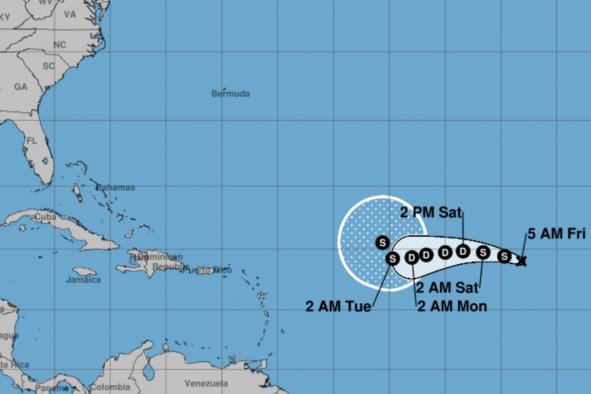As if snakes couldn't get any scarier, a researcher stumbled across a snake that had vomited up two smaller snakes—one of which was somehow still alive.
This skin-crawling story was shared to Facebook by the Wildlife Resources Division of the Georgia Department of Natural Resources, revealing pictures of the hungry four-foot snake and its unfortunate prey.
The surviving snake, once safely outside of its would-be predator's belly, was also found to have recently eaten a mouse, making this an even weirder wildlife Russian Doll.
"During a survey for federally protected eastern indigo snakes last November, wildlife technician Matt Moore came across an astonishing find. After catching and tagging a stout 4-foot-long indigo in southeast Georgia, Moore discovered that the snake had regurgitated two others: a young rat snake and a juvenile eastern diamond-backed rattlesnake," the Georgia DNR said in the Facebook post.
"This rattlesnake must have been a little too 'undercooked' for the indigo snake, considering it was still alive when it came back up."
The eastern indigo snake is a large, non-venomous species native to the southeastern United States, primarily found in Florida and southern Georgia. They are among the longest snakes in North America, with adult males typically reaching lengths of 6 to 8 feet, and are considered the longest native snake species in the U.S. These snakes are carnivorous and have a broad diet, feeding on a wide variety of animals, including birds, small mammals, amphibians, and other reptiles—including venomous snakes.
Eastern indigo snakes are listed as a threatened species under the U.S. Endangered Species Act, as their populations have recently declined, largely due to habitat destruction.
"The indigo, known for preying on other snakes, had clearly swallowed and then expelled its meal, losing about half a pound in the process. While the rat snake was dead, the rattlesnake, initially thought to be lifeless, showed surprising signs of life an hour later. It was later seen basking in the sun instead of taking shelter in a burrow," Georgia DNR said in the post.
Eastern diamond-backed rattlesnakes—typically found in the southeastern U.S.—are the largest rattlesnake species and one of the heaviest venomous snakes in the world, growing up to 8 feet long, though individuals over 6 feet are rare. They use their heat-sensing pits to detect warm-blooded prey and deliver a powerful venomous bite to subdue it.
"To top off this remarkable event, the revived rattlesnake had a noticeable bulge, indicating it had recently eaten a large mouse. This unusual episode not only reveals the indigo's impressive hunting abilities but also the rattlesnake's unexpected resilience. Nature truly has its surprises!"
Do you have a tip on a science story that Newsweek should be covering? Do you have a question about snakes? Let us know via science@newsweek.com.
Disclaimer: The copyright of this article belongs to the original author. Reposting this article is solely for the purpose of information dissemination and does not constitute any investment advice. If there is any infringement, please contact us immediately. We will make corrections or deletions as necessary. Thank you.



